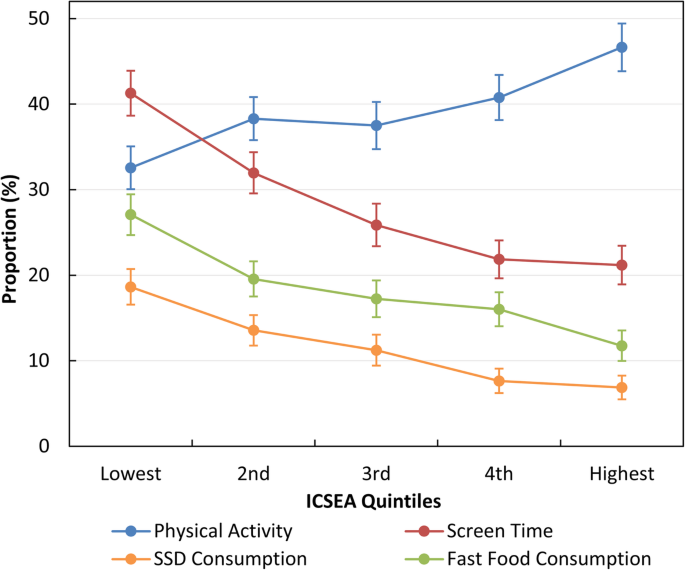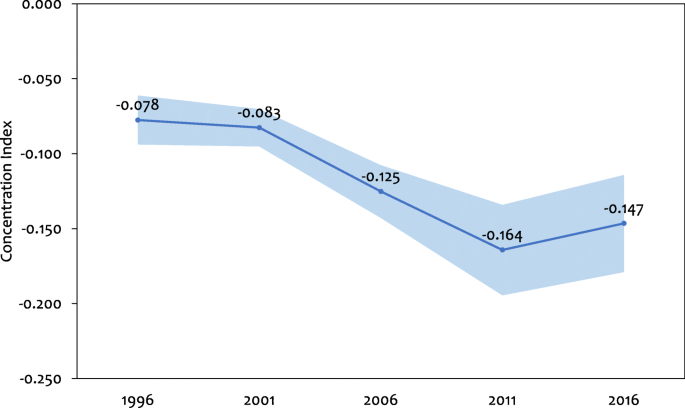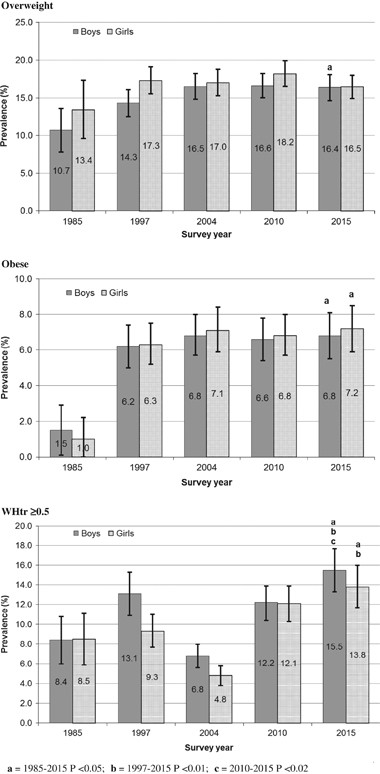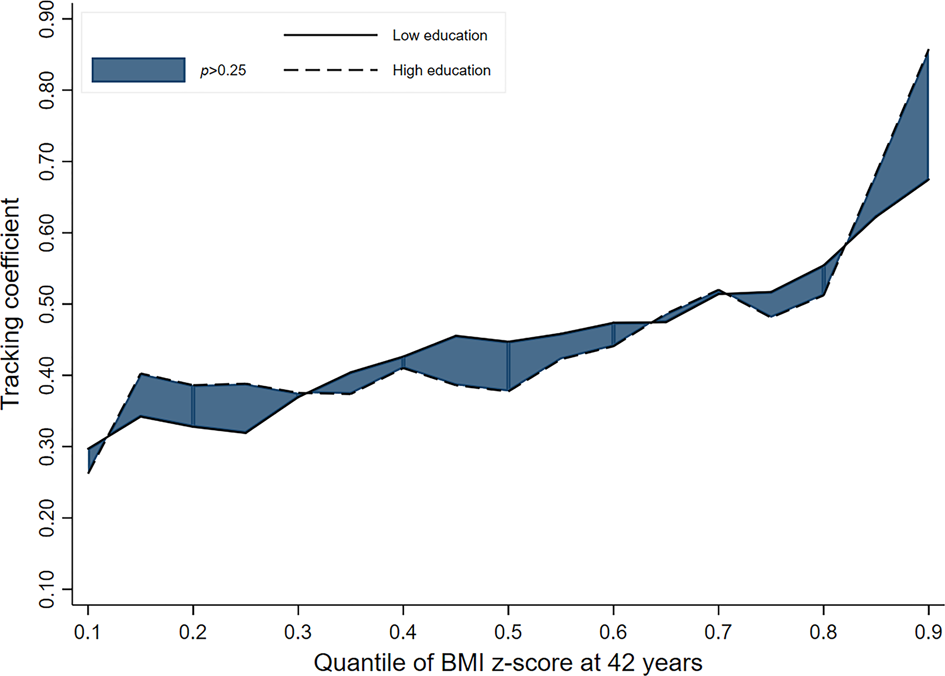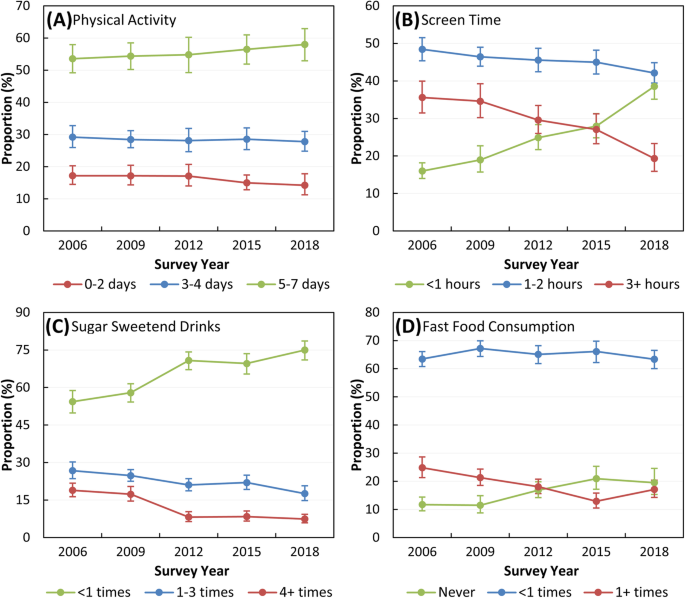An analysis of four longitudinal observational british birth cohort studies. The aim of this study is to describe trends in overweight and obesity among slovenian youth for the period 19892018.
Socioeconomic Inequalities Of Child Malnutrition In
Trends in childhood height and weight and socioeconomic inequalities. Socioeconomic inequalities in childhood and adolescent body mass index weight and height from 1953 to 2015. Socioeconomic background and health related behaviours such as diet physical activity and sedentary behaviors are important factors associated with weight status in children. Stunting or low height for age is a growth problem caused by long term inadequacy of nutrition intake coupled with frequent cases of diseases mainly during the first 1000 days of life de onis branca 2016it is associated with significant long term impact in adulthood in the form of reduced cognitive and physical development higher risk of metabolic disease and reduced. Trends analysis showed the main factors contributing to socioeconomic inequality in child stunting were. Over the studied period 19532015 socioeconomic associated inequalities in weight reversed and those in height narrowed whereas differences in bmi and obesity emerged and widened. Socioeconomic inequalities in childhood body mass index bmi have been documented in high income countries.
In england uk more than a third of children leave primary school overweight or obese1 being obese in childhood increases the chance of being obese as an adult and doubles the risk of dying prematurely2. Using a series of height and weight assessments from the australian capital territory physical activity and nutrition survey actpans trends in prevalence of overweight and obesity by socioeconomic status were examined in act year 6 school children between 2006 and 2018. However uncertainty exists with regard to how they have changed over time how inequalities in the composite parts ie weight and height of bmi have changed and whether inequalities differ in magnitude across the outcome distribution. Childs age 023 months mothers age 24 years maternal working status working mothers maternal education no education household wealth index poorest households and geopolitical zone north central north east and north. These substantial changes highlight the impact of societal changes on child and adolescent growth and the insufficiency of previous policies in preventing obesity and its socioeconomic inequality. Inequalities generally widened with age.
Socioeconomic inequalities in weight height and body mass index from birth to 5 years. As a result of the weight and height changes bmi inequalities were larger and appeared earlier in childhood in the 2001 cohort than in the earlier born cohorts. Trends in child overweight rates and energy intake in france from 1999. Published online march 20. Calamassi tran g lafay l. In the 2001 cohort the most disadvantaged 7 year olds had a bmi that was 05 kgm2 greater than the least disadvantaged children.
Trends in childhood height and weight and socioeconomic inequalities childhood obesity is a global public health problem. Nearly all schoolchildren in slovenia had their height and weight measured.
